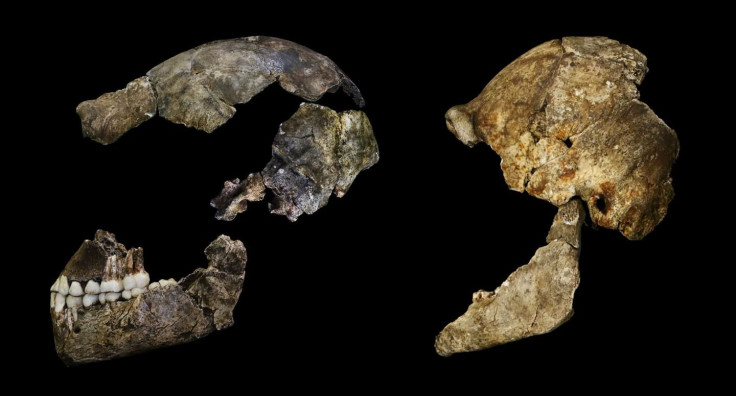Ancient Humans Had Small Brains But With Modern Features

Ancient human relatives Homo naledis might have had pint-sized brains, but when it came to hosting complex features, their tiny packages had almost everything that we see in the brains of modern-day humans.
The theory comes from a new study exploring the skull fragments of the ancient species. The fragments had brain impressions, something that hinted despite being small, the brains of our ancient relatives had structure and shape similar to our own, which is three times bigger in terms of size.
Ever since Homo naledi remains were unearthed in Africa, scientists have been working to understand how the ancient human species fit in the evolutionary line-up leading up to Homo sapiens. In 2017, a group of researchers posited they lived in South Africa some 236,000 to 335,000 years ago, but that was also the time when modern-humans emerged on the scene. So, how did two different species exist together?
To find the answer, a group of researchers from the Wits University sourced skull fragments and partial crania from the remains of at last five adult homo naledi specimens. The fragments had impressions of their brain’s outer surface, which helped the team determine the brain of the extinct species might have looked very similar to that of modern humans, at least in terms of shape and structure.
One of the skull impressions clearly depicted the left frontal lobe of a homo naledi’s brain. It looked very similar to that of humans and totally different from that of great apes.
“It's too soon to speculate about language or communication in Homo naledi, but today human language relies upon this brain region,” study co-author Shawn Hurst said in a statement.
The group also noted signs of asymmetry in the skull naledi fragments — one of the most common traits seen in human brains, with the left brain displaced more forward than the right. This, as the team stated, is linked to behavioral complexity in modern humans, the New York Times reported. They also found hints that the visual region of the brain located at the back of the cortex was pretty small, just as witnessed in humans.
All these features led the group to posit the Homo naledis might have shown complex behaviors, despite having a brain smaller than that of our direct ancestors. However, they still do not know what those behaviors were or how they may have differed from those exhibited by Homo sapiens at that time.
That said, it is also worth noting the behavior of naledis might also have an impact on African archaeology.
“Archaeologists have been too quick to assume that complex stone tool industries were made by modern humans,” Lee Berger, co-author of the study, said in the statement. “With naledi being found in southern Africa, at the same time and place that the Middle Stone Age industry emerged, maybe we've had the story wrong the whole time.”
© Copyright IBTimes 2024. All rights reserved.





















